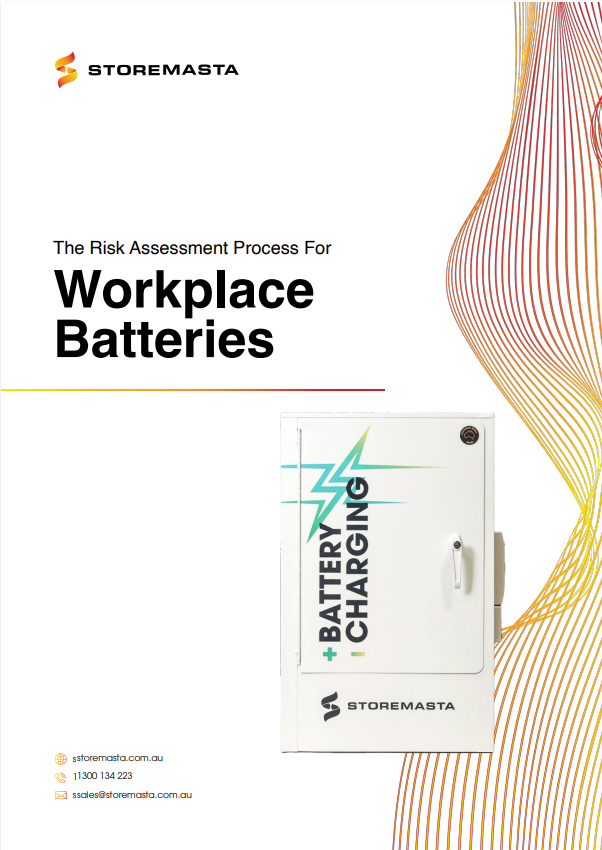
From laptops to forklifts, it’s safe to say that your workplace probably relies on some type of battery to power your equipment, devices and vehicles. However, just like the storage of hazardous substances, the risks associated with batteries must be controlled to maintain a healthy and safe working environment.
This eBook outlines the risk assessment process for common types of workplace batteries including lead acid, nickel-metal-hydride, nickel-cadium and lithium-ion cells.
We explain how to: